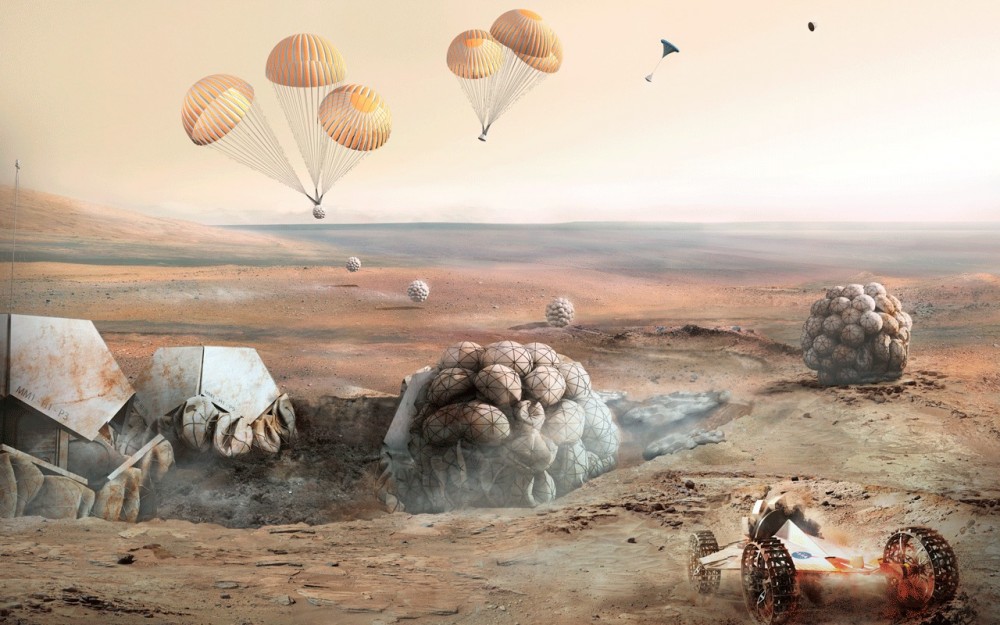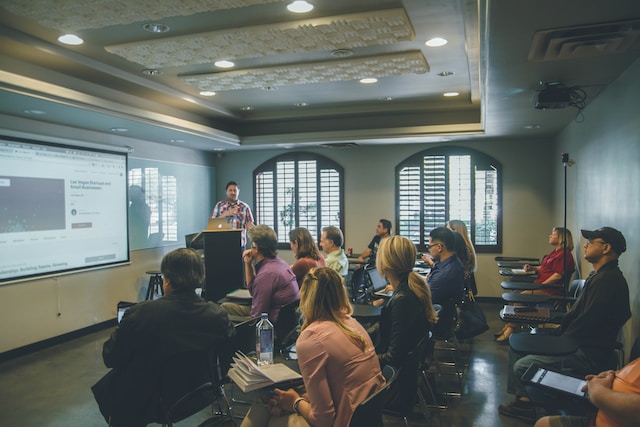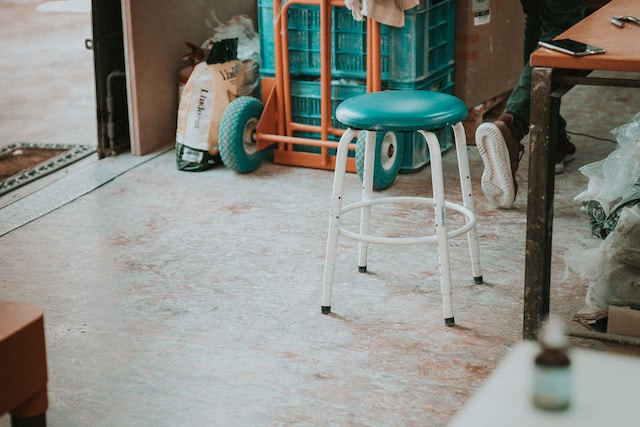NASA is moving forward on many fronts with respect to the eventual interplanetary trip to Mars. IndustryTap has reported on advancements and tests for the Space Launch System (SLS) and the Orion space capsule. Now the competition to design a habitat that can either be transported aboard an IPV (Interplanetary Vehicle) or 3D printed when astronauts arrive is underway. The competition is known as the NASA Mars Design Reference Mission (MDRM), which began in 1996. All of NASA’s projects related to space exploration can be found at the Human Exploration and Operations Mission Directorate.
A Half Century of Preparation for Mars Mission
This past summer, Marc M. Cohen, writing in the American Institute for Aeronautics and Astronautics (AIAA) Space and Architecture Forum, provided an historical overview, “First Mars Habitat Architecture“, discussing the many issues and challenges of habitats, as well as design concepts as they’ve evolved over the past quarter century.
Important historical documents referenced in Cohen’s study include a 237-page report, Human Exploration of Mars: The Reference Mission of the NASA Mars Exploration Study Team, which provides overviews of discussions of mission and ground systems, including Mars mission design, in situ resource production, flight crew, robotic procedures, launch systems, interplanetary transport systems, surface systems, and operations.
The document also provides outlines of testing needed to make choices about the mission including creating a robust surface infrastructure, using a split mission strategy, weighing the use of nuclear thermal propulsion, common habitat design, nuclear surface power systems, aborting a mission, and more.
Finally, the report considers the needs for technology development in order to make the mission possible, including environmental protection issues, program costs, international cooperation in conducting the mission, and program management and organization.
Another interesting report is CalTech’s 126 page, 2013 Technology Advancing Phobos Exploration & Return (TAPER) competition in which student teams had 5 days to design missions to Mars.







